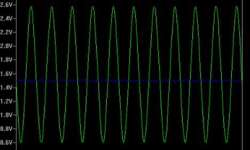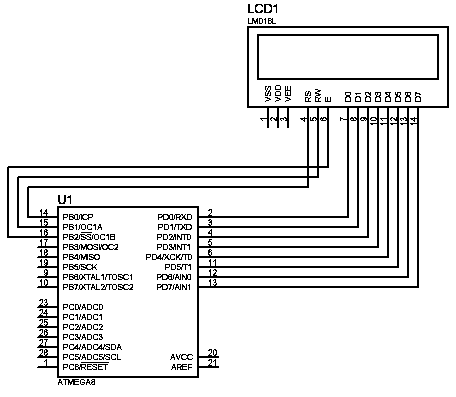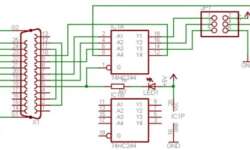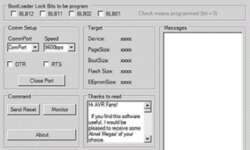Build a powerful bi-directional 2.4 GHz amplifier for less than $100

Would you want to add a bi-directional 2.4GHz amplifier to your proxim Symphony with less than $100? If you nodded your head, then pay attention to this project, as this will benefit you in the long run…
Ok, the meaning for bi-directional means you can simply mount the amplifier at the antenna, which this help to overcome any cable loss. In addition to it, the amplifier also can automatically switch between receive and transmit modes.
Some of the components you needed:













